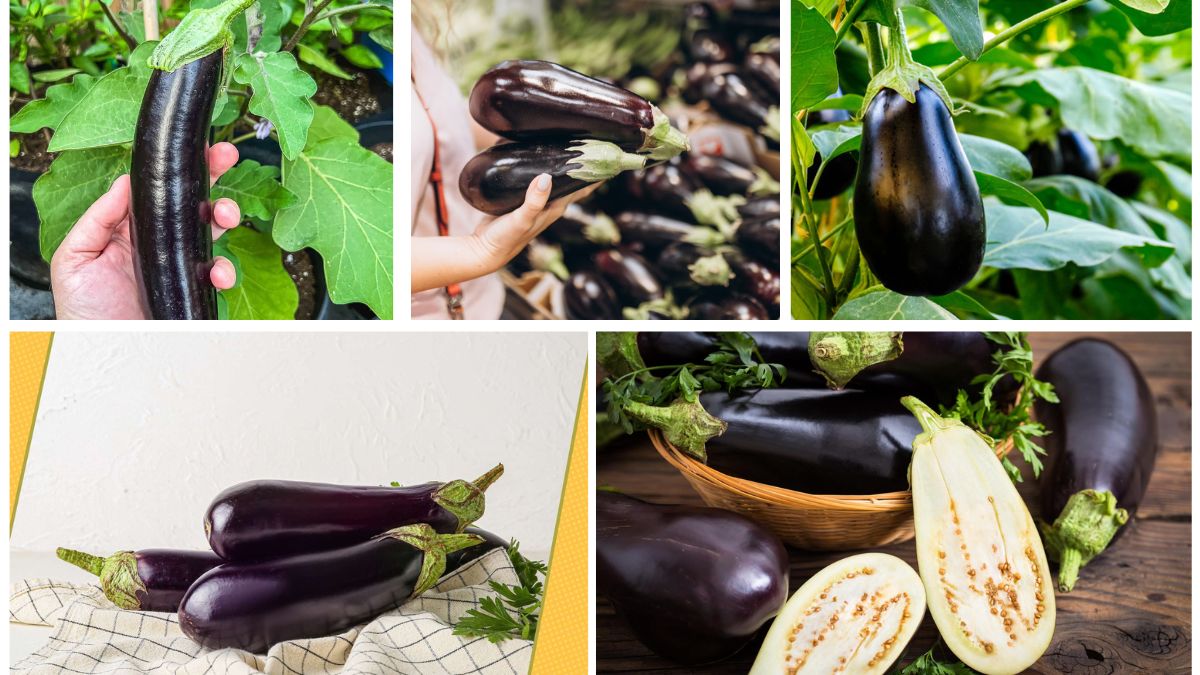Eggplant, also known as aubergine or brinjal (Solanum melongena), is one of the most widely cultivated vegetables across the globe. With its glossy purple (sometimes white, green, or striped) skin and spongy flesh, eggplant has become an indispensable part of cuisines ranging from Mediterranean stews and Middle Eastern dips to Asian stir-fries and Indian curries. Beyond its culinary value, eggplant is celebrated for its nutritional benefits, versatility, and cultural symbolism.
But when it comes to large-scale cultivation, which country is the world’s top eggplant producer? The answer is China, which accounts for nearly two-thirds of global eggplant production. Let’s take a deeper look at the global landscape of eggplant farming, China’s dominance, and how other major producers contribute to feeding worldwide demand for this beloved vegetable.
Eggplant: A Global Staple
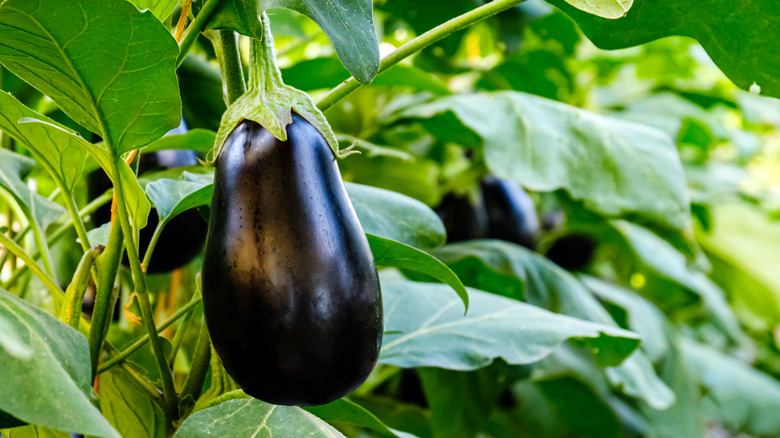
Historical Background
Eggplant is believed to have originated in India more than 1,500 years ago, before spreading to China and other parts of Asia. Traders introduced it to the Mediterranean by the Middle Ages, where it became integrated into Italian, Greek, and Turkish cuisines. Today, eggplant is cultivated in over 80 countries, though the majority of production is concentrated in Asia.
Nutritional and Culinary Value
Eggplants are low in calories yet rich in antioxidants, fiber, vitamins, and minerals. They contain nasunin, a powerful antioxidant found in their purple skin, which helps protect brain cells. Their spongy texture makes them perfect for absorbing flavors, allowing them to be grilled, baked, roasted, or fried.
Popular dishes include:
- Baba Ganoush (Middle East)
- Eggplant Parmesan (Italy)
- Baingan Bharta (India)
- Mapo Eggplant (China)
- Moussaka (Greece)
This versatility has made eggplant a household staple across diverse cultures.
China: The World’s Top Eggplant Producer
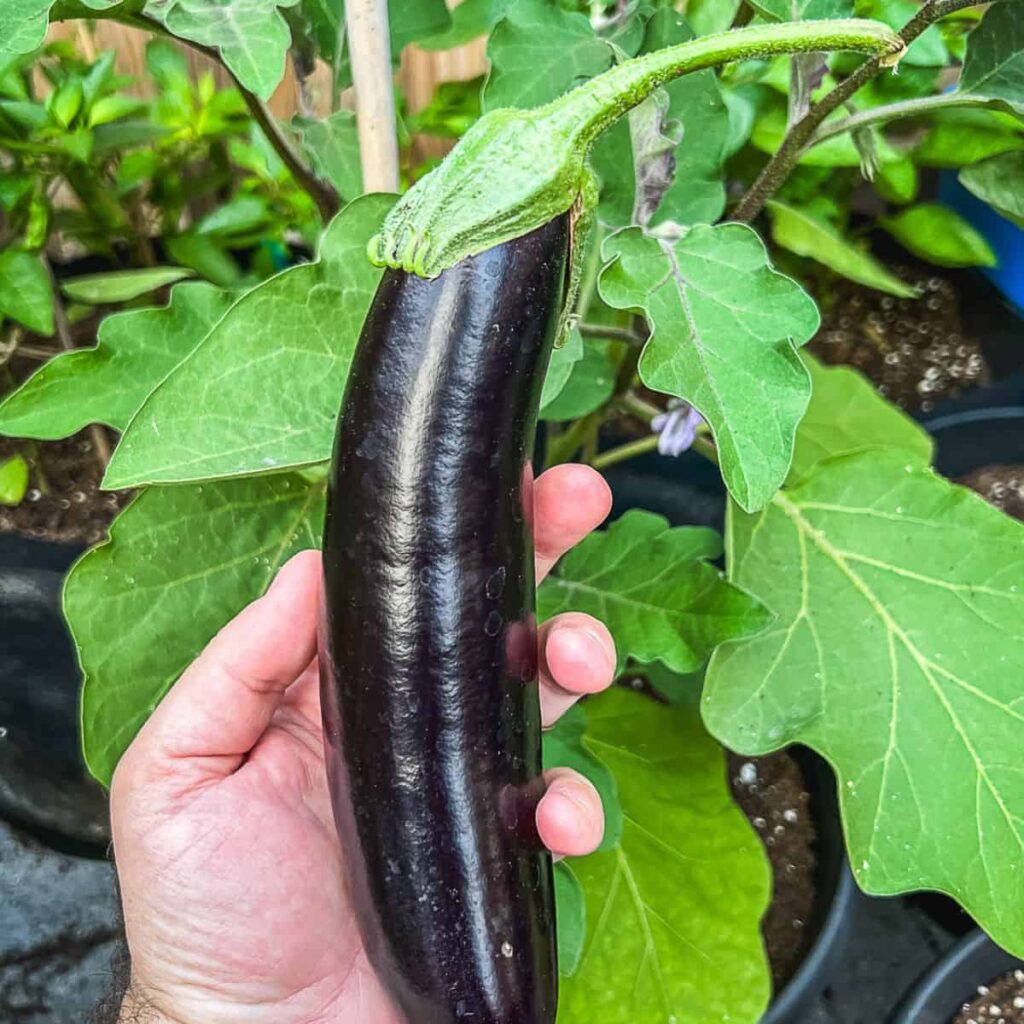
China is by far the largest eggplant producer globally, contributing more than 35 million metric tons annually, which accounts for about 65% of global production.
Why China Dominates
- Vast Cultivation Area
- Eggplants are grown extensively across provinces such as Shandong, Henan, Hebei, and Hunan.
- China’s diverse climates allow year-round cultivation.
- High Domestic Demand
- Eggplant is a cornerstone of Chinese cuisine, featured in stir-fries, braised dishes, and even pickled preparations.
- It is one of the top vegetables consumed daily, alongside cabbage and cucumbers.
- Advanced Farming Practices
- China has adopted hybrid seeds, greenhouse farming, and efficient irrigation systems.
- Mechanization has increased yields, making large-scale production sustainable.
- Export Growth
- While most eggplants are consumed domestically, China also exports significant quantities to neighboring countries and regions such as Japan, South Korea, and Southeast Asia.
Other Major Eggplant Producers

Although China dominates production, several other countries also play vital roles.
1. India – The Second-Largest Producer
- Produces around 13 million metric tons annually.
- Eggplant, known locally as brinjal or baingan, is a staple in Indian cuisine.
- States like West Bengal, Odisha, Bihar, and Maharashtra are top producers.
- India is home to over 2,000 varieties, ranging from small green and white brinjals to large purple ones.
- Eggplant holds cultural significance, with dishes like baingan bharta and bharwa baingan being household favorites.
2. Egypt
- Produces around 1.2 million metric tons annually.
- Eggplant is widely grown along the Nile Delta, where fertile soils support high yields.
- Popular in dishes such as stuffed eggplants and grilled aubergines with tahini.
- Egypt also exports significant quantities to Europe and the Middle East.
3. Turkey
- Produces nearly 850,000 metric tons annually.
- Eggplant, called patlıcan in Turkish, is integral to the national cuisine.
- Featured in dishes like imam bayıldı (stuffed eggplant) and karnıyarık (eggplant with minced meat).
- Turkey exports eggplant to European and Middle Eastern markets.
4. Iran
- Produces around 750,000 metric tons annually.
- Eggplant is one of Iran’s favorite vegetables, used in stews like khoresh bademjan.
- Iranian varieties are highly prized for their thin skin and rich flavor.
5. Indonesia and the Philippines
- Southeast Asian nations grow substantial amounts of eggplant, with hundreds of thousands of tons annually.
- Eggplant is a key ingredient in Filipino dishes such as tortang talong (eggplant omelet) and Indonesian sambal eggplant curries.
6. Italy and Spain
- European nations like Italy and Spain produce significant quantities for domestic consumption and export within the EU.
- In Italy, melanzane alla parmigiana (eggplant Parmesan) is iconic, while Spain features dishes like berenjenas fritas (fried eggplants).
Eggplants in Global Trade
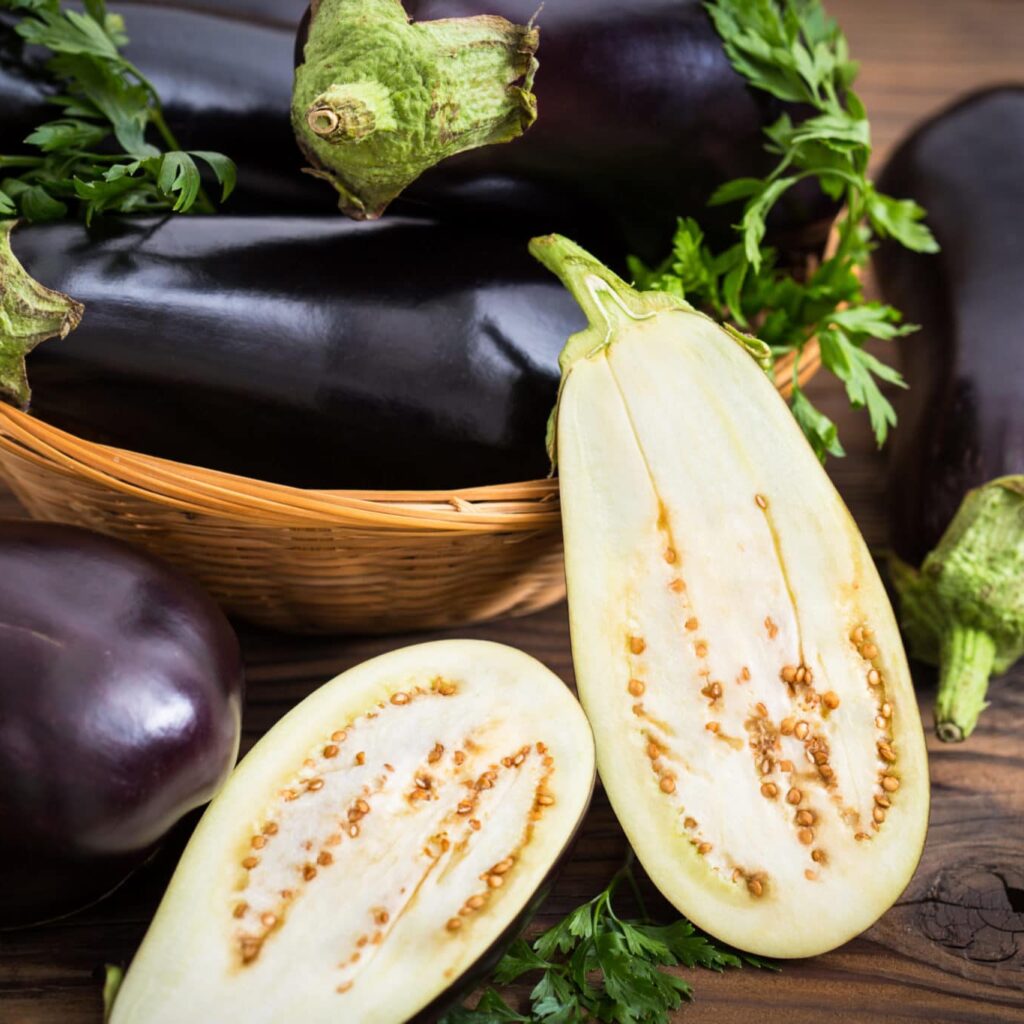
Despite high production volumes, eggplants are not as heavily traded internationally compared to other vegetables. This is mainly because eggplants are highly perishable.
- Top Exporters: Mexico, Spain, and Turkey.
- Top Importers: United States, Germany, France, and Gulf countries.
- China and India: Produce the majority but consume most domestically due to massive local demand.
In the United States, eggplants are largely supplied by imports from Mexico, especially during winter when local production declines.
Eggplant Production Challenges
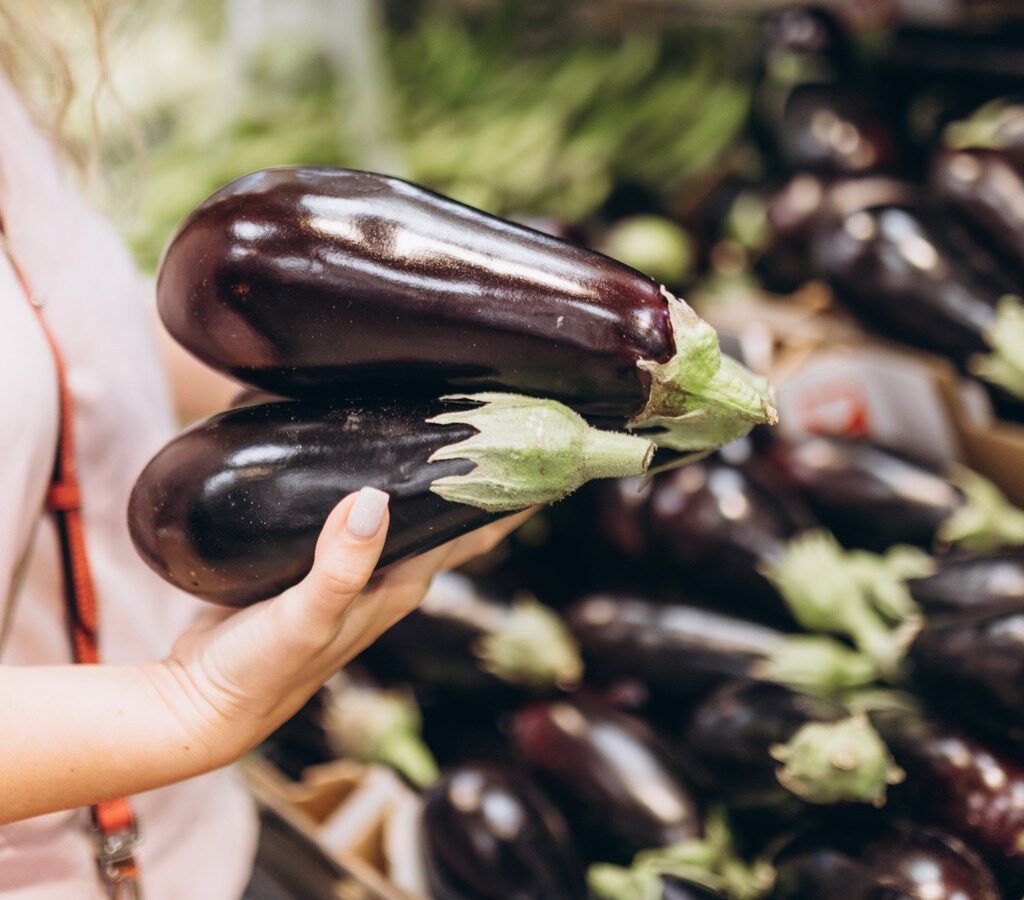
Even though eggplants are grown globally, farmers face certain challenges:
- Pests and Diseases
- Eggplant is highly vulnerable to pests such as fruit borers, aphids, and whiteflies.
- Diseases like bacterial wilt and fungal infections reduce yields.
- Short Shelf Life
- Eggplants bruise easily and spoil quickly, complicating storage and export logistics.
- Climate Change
- Rising temperatures and unpredictable rainfall patterns impact yields in many regions.
- Public Perception
- In some Western markets, eggplant consumption is limited due to lack of familiarity or preference for other vegetables.
The Future of Eggplant Production
With increasing global awareness of plant-based diets, eggplants are expected to play an even larger role in the future of food.
- Expansion of Greenhouse Farming
- Countries like Spain and the Netherlands are scaling up greenhouse eggplant production to supply year-round demand.
- Organic Eggplant Farming
- Demand for organic vegetables is growing, encouraging farmers to explore pesticide-free cultivation methods.
- Value-Added Products
- Eggplant-based products like dips, sauces, and frozen grilled slices are gaining popularity in global markets.
- Breeding for Resilience
- Scientists are developing hybrid varieties resistant to pests, diseases, and climate stress.
Conclusion
So, which country is the world’s top eggplant producer? Without a doubt, China, with over 35 million metric tons annually, dominates global production and ensures the world’s demand for eggplants is met. Its success lies in vast agricultural land, high domestic consumption, and innovative farming techniques.
India follows as the second-largest producer, with a deep cultural and culinary connection to brinjal. Countries like Egypt, Turkey, and Iran also contribute significantly, highlighting the global importance of this versatile vegetable.
From the bustling markets of Beijing to the fields of Bengal and the kitchens of the Mediterranean, eggplant continues to be a vegetable of immense cultural, nutritional, and economic value. With growing health trends and plant-based food movements, eggplant’s role in global diets is only set to expand further.
